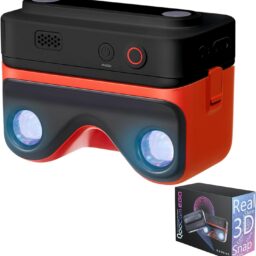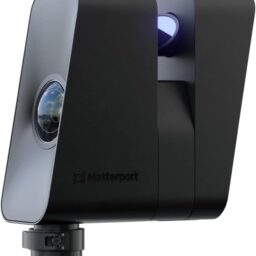Showing all 2 resultsSorted by latest
3D Cameras: Capturing the World in Three Dimensions
A 3D camera is a device capable of capturing a scene in a way that allows it to be viewed in three dimensions. Unlike traditional cameras that capture a flat, two-dimensional image, 3D cameras use various techniques to capture depth information along with the visual data.
How 3D Cameras Work
There are several methods used to achieve this:
- Stereo Cameras: These use two lenses, similar to human eyes, to capture the scene from slightly different angles. The difference in perspective between the two images provides depth information.
- Time-of-Flight (ToF) Cameras: These measure the time it takes for light to travel to a subject and reflect back. The time difference can be used to calculate distance, providing depth data.
- Structured Light Cameras: These project a pattern of light onto a scene and analyze the distortion caused by the surface’s shape to determine depth.
- Lidar (Light Detection and Ranging): This technology uses laser pulses to measure distance to objects. It’s commonly used in applications like autonomous vehicles and mapping.
Applications of 3D Cameras
3D cameras have a wide range of applications, including:
- Virtual Reality (VR) and Augmented Reality (AR): Creating immersive experiences that blend the real and digital worlds.
- 3D Modeling: Creating digital models of real-world objects for various purposes, such as architecture, engineering, and gaming.
- Facial Recognition: Identifying individuals based on their facial features.
- Robotics: Enabling robots to perceive and interact with their environment.
- Medical Imaging: Providing detailed 3D views of the human body for diagnostic purposes.
- Entertainment: Creating 3D movies and games.
In essence, 3D cameras bring a new dimension to photography and videography, allowing us to experience the world in a more immersive and realistic way.



